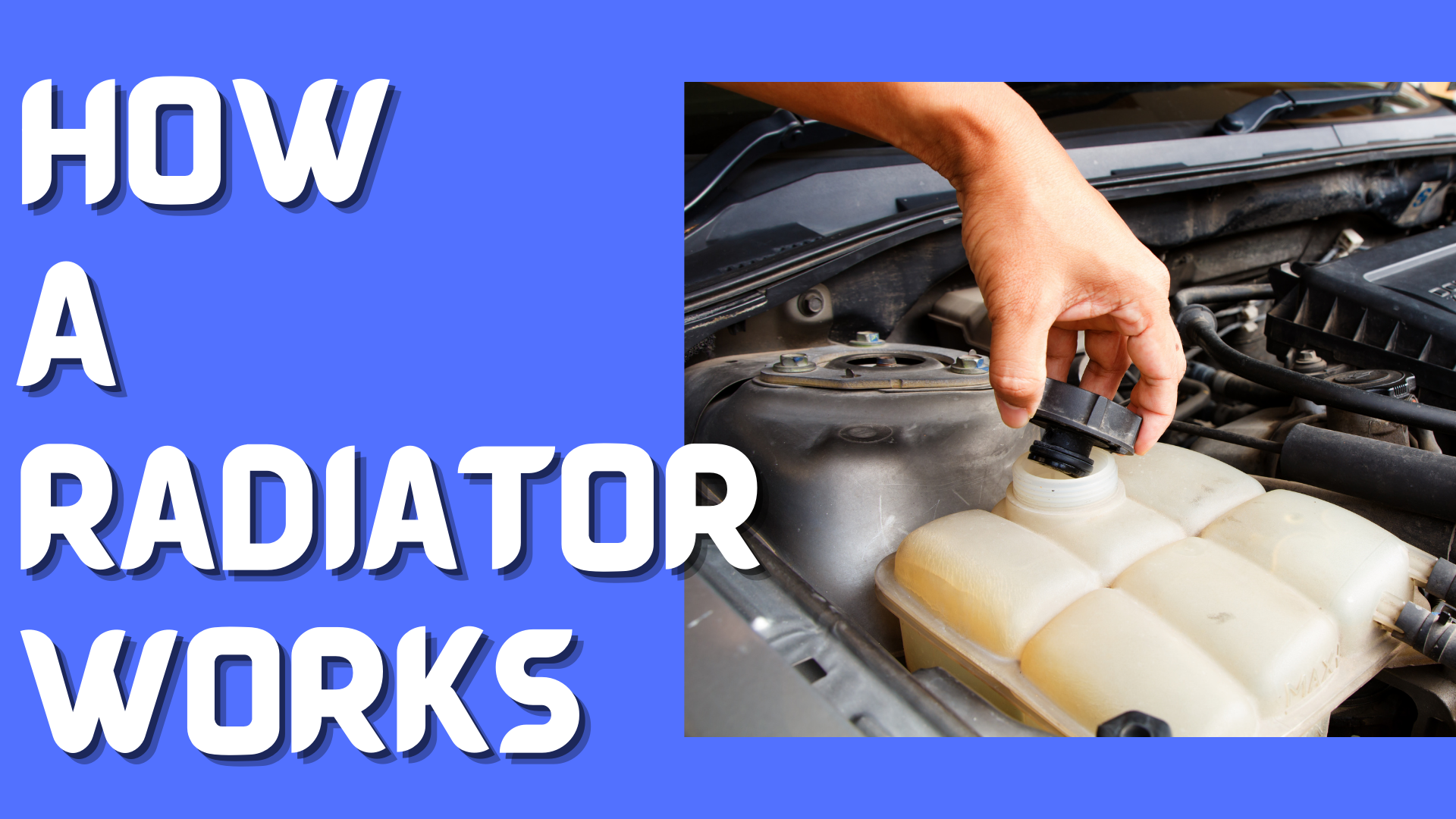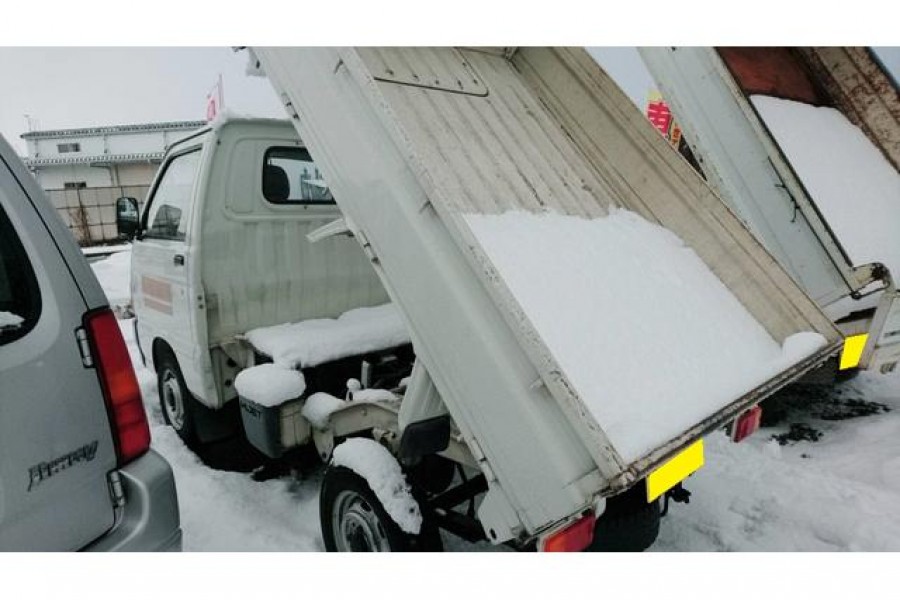How A Radiator Works to Cool a Truck Engine
Do you know how a radiator works? If not, then this is the guide that you should look out for to understand how it functions. The entire cooling system is under the hood and works to prevent the engine from overheating. The engine becomes hot as it functions. If it is not cooled, your engine can seize.
What is a Radiator?
Before we get to know how a radiator works, let’s first get to know what it is. The engine burns fuel and air to generate energy. In this process, heat is generated. Cooling the heat produced prevents the engine from getting damaged.
The radiator eliminates heat from the engine. The process of cooling starts with the thermostat which detects excess heat. After the thermostat has detected heat, the cooling system releases the coolant and water from the radiator, which moves throughout the engine to absorb heat.
The hot coolant from the engine moves to the radiator through the hoses. The radiator has a fan that blows air to cool down the hot coolant from the engine.
The radiator has thin metal fins, enabling heat to escape outside the truck. The fins work hand in hand with the fan that blows air across the radiator.
Parts of a Radiator
The radiator has a few components that enable it to function effectively.
The Core
The core is a metal block that is the biggest part of the radiator. At this part, the heat from the coolant is released and gets cooled down before being released to the engine through the hoses.
The Pressure Cap
A pressure cap seals the cooling system and ensures that it is pressurized. The pressurizing prevents the coolant from boiling and maintains the system’s efficiency.
Inlet and Outlet Tanks
These are where the coolant flows in and out of the radiator. The inlet and outlet are located at the head of the radiator. The inlet tank allows hot air to flow into the radiator as the outlet tanks release excellent coolant, which flows back to the engine.
How A Radiator Works to Cool a Truck Engine
The primary function of the radiator is to provide a large surface area for hot coolant for the heat to be dissipated effectively. The hot coolant gets into the radiator from the inlet tank, and there are core tubes in the radiator.
The core tubes run through fins which are numerous small sheets. The fins increase the surface area for the dispersion of heat. The radiator is located in front of the engine behind the grille or where there is adequate airflow.
As the truck is in motion, the cool air will get into the radiator fins through the grille, dissipating heat from the coolant. The primary role of the fan is to ensure that the cool air moves over the radiator when your truck is moving slowly or not in motion, but the engine is running.
Conclusion
For your truck’s engine to function correctly, it requires a working radiator and a cooling system. The radiator relies on various parts to work effectively. In most trucks, the radiator is located in front of the engine or in an area that receives a lot of air. Its location matters because the radiator solely depends on cool air to cool down the engine and prevent it from overheating. Failure of any of these parts can result in engine overheating.



